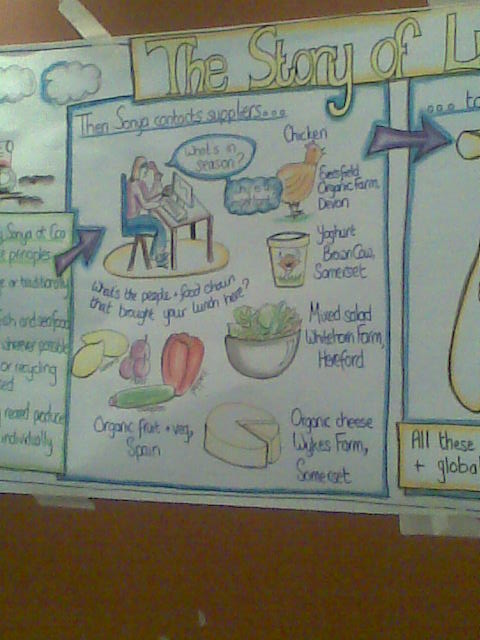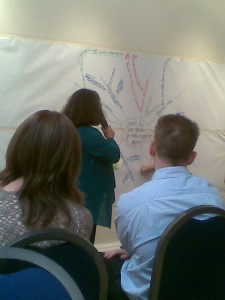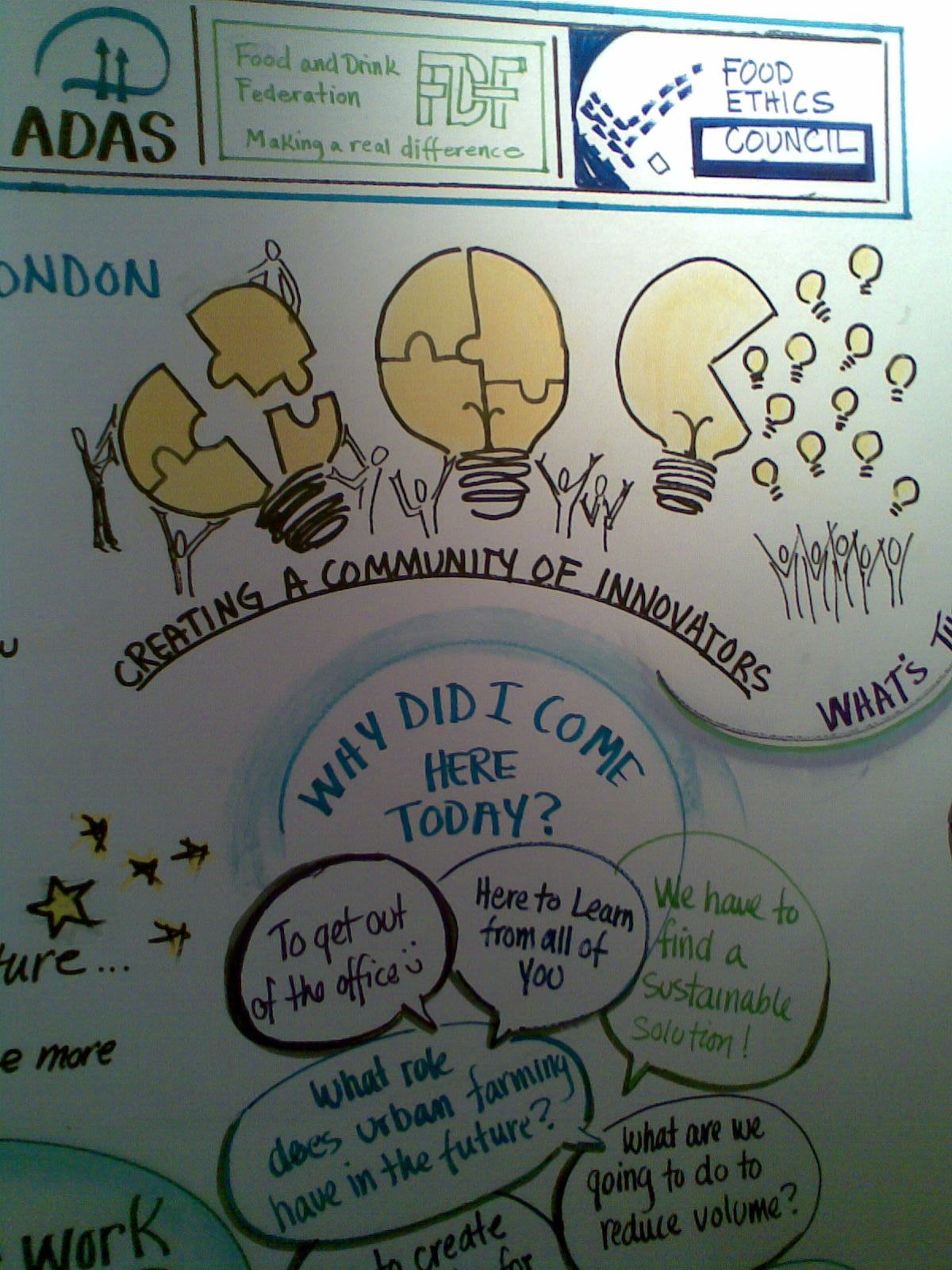This blog entry is written for a very specific reason: I've just advised a group of people to look at my blog for initial sources on multi-stakeholder collaboration... but reviewing the blog I realise that it'll be quite hard to find the things I mean, and some of them I haven't even written about yet! So, especially for them - and for you, dear other readers - here's a quick brain dump of key sources and ideas which I think form a good set of starting points, mostly from my own experience. Which means that if you have other great resources to tell people about, please do post them in the comments box.
Examples
There are some really interesting examples from the UK of the Environment Agency spending quite a lot of time and resources thoughtfully engaging in conversations with communities and other stakeholders when considering flood defences and coastal erosion risk. For example, Shaldon and Medmerry [transparency alert - I worked on the Medmerry project] where engagement with stakeholders was carefully planned so that people could influence the decisions which the project team was making as the plans developed. Both schemes are ongoing. See for example this report from the UK's Sustainable Development Commission which includes Shaldon as an example, and this short case study from the Environment Agency on Shaldon. A search using 'environment agency', shaldon, stakeholder and 'liaison group' will bring up other interesting views on the engagement approach and its success.There's a bit more about the EA's ground-breaking work in this area in this article on DAD/EDD.
Another place-specific collaborative approach is described in this article "Human Systems Intervention And The Natural Step" by Jenny Sardone & Magdalena Szpala, first published in AMED's Organisations and People journal. I believe that it's not available electronically, but I'm trying to chase down an e-version so I can link to it.
Much better known are the FSC and the MSC - now well-established multi-stakeholder organisations which tried to 'get the whole system in the room' to work out credible consensus-based criteria for what might be considered sustainable management of forest and marine resources. They have had varying degrees of success over the years in getting buy-in from all the different interests (environmental, social, economic). I wrote about the MSC a few years ago, an article called plenty more fish in the sea. Current examples include WWF-UK's Tasting the Future, Forum for the Future's work on tourism, and CPSL's work on both climate and insurance. Some of these have crystalised into organisations, others are more fluid than that: fellow travellers collaborating with intention.
Theories, techniques and patterns
Fascinating to ponder on what the circumstances are which bring about authentic whole-system engagement, and what you have to do to get the right people in the room in the first place, and then to keep up the momentum. The best resource I know of at the moment on this is Peggy Holman's Engaging Emergence. But I'm sure there are lots of others: please help me collect them by posting your favourites in the comments box.
Favourite techniques which can help include World Cafe, Open Space Technology and Future Search. I've blogged about the first big Tasting the Future meeting here, which combined a number of techniques.
SDC resources on collaboration, dialogue, engagement
Since its demise, it's really hard to find the engagement resources on the SDC's website. So here are some direct links to some of them:
- SDC's response to National Framework for Greater Citizen Engagement (2008)
- Final report on the SDC's Supplier Obligation stakeholder and public engagement process "Household Energy from 2011", with a description of process and findings. There are links to other documents about this process here. [Transparency alert - I worked on the Supplier Obligation project.]
- An independent evaluation report about the SDC's Engagement in Tidal Power process, which brought together stakeholders and the public to think about criteria and issues in harnessing power from the tides.
- The groundbreaking and really rather wonderful (for process geeks) guidance on designing engagement, published by the SDC but drawing on pioneering work done by InterAct Networks (Lindsey Colbourne, Lynn Wetenhall, Jeff Bishop, Richard Harris and others) and developed through practitioners at the Environment Agency among others. This work continues, for example through work Sciencewise-ERC has done with DECC.
- Some specific gems from this guidance include 'engagement and the policy making cycle' and a 'typology of engagement' and some definitions of different kinds of engagement. [More transparency - I work regularly with Sciencewise-ERC and as of 2011 am a Director of InterAct Networks]
Add your wisdom
This has been a very rapid post, and most of the examples and ideas are those which I'm personally familiar with. There must be lots of others, including some great compilation resources. Please use the comments space to link to your favourites and to critique what I've posted here.










